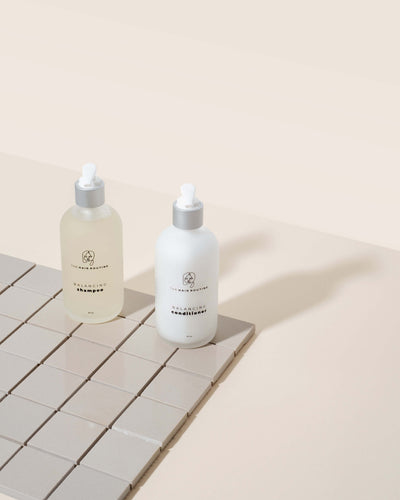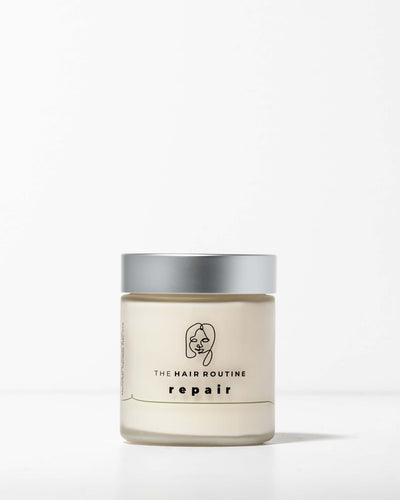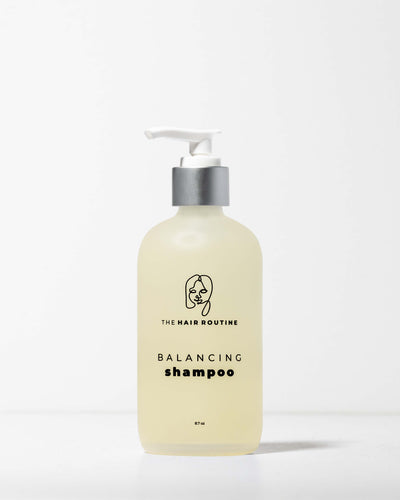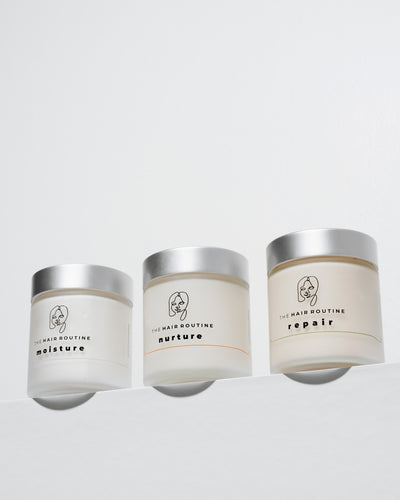5 Small Changes to Improve Hair Health
A compilation of the small changes you can make in your day-to-day life to improve the overall health of your hair strands.
Ingredients
Take a moment to read the ingredients list of your hair care products. You’ll most likely find that the first ingredient is water. After it, if it's a shampoo, you’ll probably find some kind of sulfate, but hopefully, you don’t.

In self-care products, ingredients are listed according to the % amount in the solution. This means that the first ingredients listed form the major part of the formula. When selecting hair care products, look for ingredient lists that make sense to what your hair needs. For example: if you want to nourish your hair, make sure that natural oils are the ones listed at the top.
Hair Washing
Hair washing is the foundation to improve hair health. Lukewarm water is best when shampooing the hair because it helps open the cuticles and remove dirt. Rinse the conditioner with cold water to seal the cuticles down.

When it’s wet, hair is 3 times weaker than when dry. The best way to scrub is by going in and gently scrubbing with the tip of your fingers, in a side-to-side motion (not a circle motion).

Washing your hair too often strips clean the strands from the natural oil that your scalp produces causing an imbalance in its production. Wash your hair once or twice a week when needed. The natural oils that your body produces nourish the strands and are very important for overall hair health and growth.
Heat
After the effects of a perfectly-styled hair wear off, it becomes rough, fragile, more frizzy, chipped, and damaged. Heat causes hair to dry out and, in most cases, it can burn away the follicle and cause severe trauma to the hair. Prevent this type of damage by using heat protectants that maximize and seal moisture. Or give preference to air dry.

During the hotter months, use a cap or a cute scarf every time you go out and know that you’ll be spending time under the sun.
Breakage
Avoid hair elastics and use silky scrunchies or hair scarfs instead; this will avoid hair breakage.

Use a silk pillowcase to sleep to prevent breakage caused by the friction between your pillow and the strands. Alternatively, you can use a head cap to sleep that protects your curls from friction and avoids big tangles.
Get a trim before it’s too late. The longer the hair strand grows the thinner it gets at the ends, and the easier it breaks. Cutting it before it’s too thin will significantly improve the overall health of your hair helping it grow longer and stronger.
Routine
The Hair Routine is a method of taking care of the strands by alternating between three hair treatments: Moisture, Nurture, and Repair. Each treatment targets a specific hair concern.
Moisture is responsible for hydrating by replacing the water and nutrients. It ensures that the hair is never dry and is soft and bouncy.

Nurture is the hair treatment responsible for providing the hair with oils for it to stay lustrous, shiny, and defined.

When the strands are feeling weak, thin, spongy, and breakage-prone, it’s time to Repair! Repair provides the hair with proteins to give it mass, strength, and thickness.







